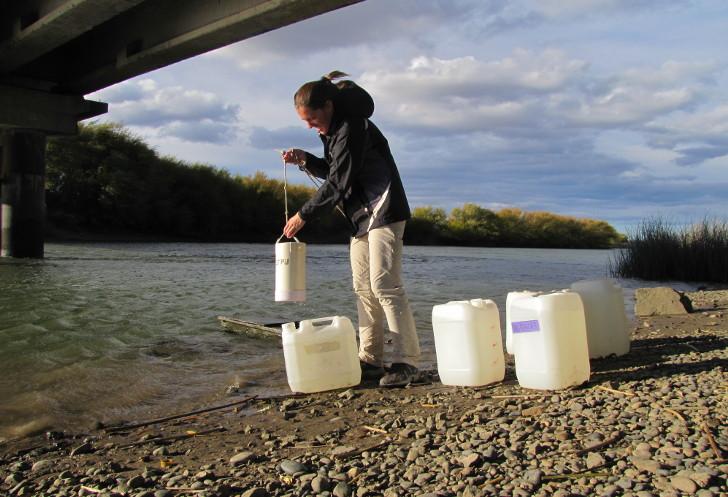We studied the mechanisms of phytoplankton bloom development in the Chubut River estuary.

During the year 2015, water samples were collected in the Chubut estuary (every 15 days) for chemical and biological analyzes, along with climatological data (wind, temperature, radiation, etc.). The data obtained were compared with historical data from the last decades compiled from different sources. The winter of 2015 was characterized by having many days of strong winds blowing from the North, unlike the historical period which generally presented slight winds at that time of the year. This new wind pattern affected the dynamics of phytoplankton, preventing the onset of the bloom, generally occurring in June-July, and dominated by a relatively large diatom, Odontella aurita. In contrast, in 2015, this bloom slowed towards the end of winter (August), and in addition to O. aurita a larger proportion of small cells (diatom colonies of the genus Thalassiosira) was observed. If these changes persist they could have important consequences on the secondary production and fishing activities of the region.
Complete reference
Funding
This work was supported by Agencia Nacional de Promoción Científica y Tecnológica, Consejo Nacional de Investigaciones Científicas y Técnicas, and Fundación Playa Unión.